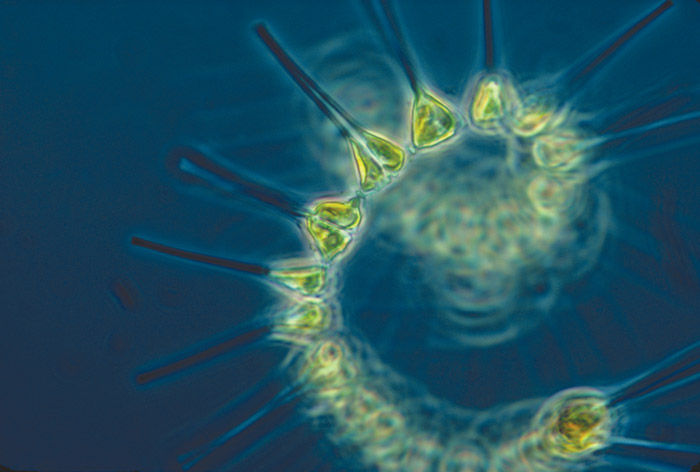Global warming is nothing new.
Often cast in bad light, we think of it as signaling the end of the world. As if hearing about it isn’t bad enough, we’re face-to-face with it right here on Clemson’s campus.
One day we’re in the midst of an ice storm, and four days later it’s 60 degrees Fahrenheit outside and we’re wearing shorts. However, what if global warming isn’t occurring as rapidly as we’ve been made to believe?
Dr. Grant Bigg assembled a team from the University of Sheffield to study carbon dioxide storage in melting icebergs, a process that has the potential to slow global warming. The results were just released in January’s issue of
Nature Geoscience.
Icebergs are made up of more than just water molecules. They contain ample amounts of iron and other important nutrients that sustain life. Unicellular plant organisms known as phytoplankton live in icebergs. When icebergs melt, these phytoplankton take in carbon dioxide from the atmosphere. It’s the heightened concentration of carbon dioxide that is hypothesized to be the driving force behind global warming.
This process of carbon dioxide storage via phytoplankton is called carbon sequestration, which Bigg’s team studied in numerous satellite images of icebergs measuring more than 18 kilometers wide in the Antarctic Ocean. Images spanning from the years 2003 to 2013 showed that phytoplankton activity reached hundreds of kilometers from the originating iceberg. The researchers also found that even after icebergs had drifted from their original location, the effects of carbon sequestration in that area persisted for more than a month.
Bigg reported that phytoplankton contribute 10 percent of the ocean’s total carbon dioxide storage to the Antarctic Ocean, although his data also show that some icebergs indicated upwards of 20 percent.
So what does this mean for us? The rate of global warming could potentially slow down if scientists were to use
carbon sequestration to spread phytoplankton across all oceans.
Carbon sequestration is just one of nature’s loopholes to save us from ourselves as we continue to increase our carbon footprint every year.








